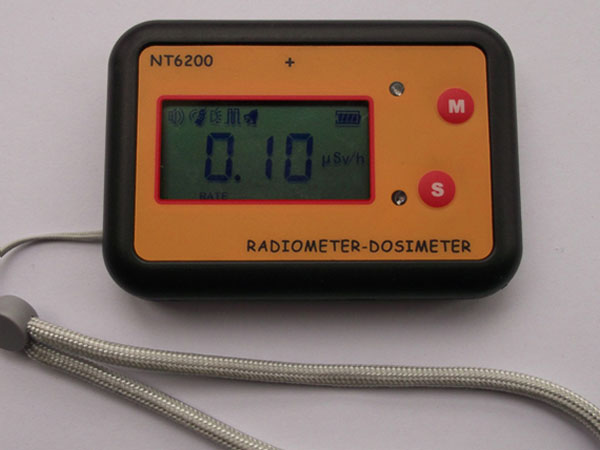

market@chinacoalintl.com
The working principle of a radiation detector is based on the interaction of particles and matter. When a particle passes through a substance, the substance absorbs part or all of its energy to produce ionization or excitation. If a particle is charged, its electromagnetic field directly interacts with the orbital electrons of atoms in the substance. If it is γ-ray or X-ray, it first undergoes some intermediate processes to produce photoelectric effect, Compton effect or electron pair, and transfer part or all of the energy to the orbital electrons of matter, and then generate ionization or excitation. For uncharged neutral particles, such as neutrons, the charged particles are generated by nuclear reactions, which then cause ionization or excitation. A radiation detector is to use an appropriate detection medium as a substance that interacts with particles, and convert the ionization or excitation generated by the particles in the detection medium into various forms of information that can be directly or indirectly accepted by people's senses.

A radiation detector for detecting the spatial distribution of incident radiation, including: a radiation-sensitive semiconductorTelescopic long rod radiation detector; A common electrode formed on one surface of the semiconductor for receiving a bias voltage; a plurality of segmented electrodes formed on the other surface of the semiconductor for outputting charges generated by incident radiation in the semiconductor as electricity Signal; and, a light irradiation mechanism for emitting light at least during radiation detection.The main performances of radiation detectors are detection efficiency, resolution, linear response, and particle discrimination.

© Shandong China Coal Group. © 2017
Address: No. 11, North of Kaiyuan Road, High-tech Zone, Jining City, Shandong Province, China
sales@chinacoalintl.com
Executive Editor: Zhang Wen / Editor: Linda Zhang